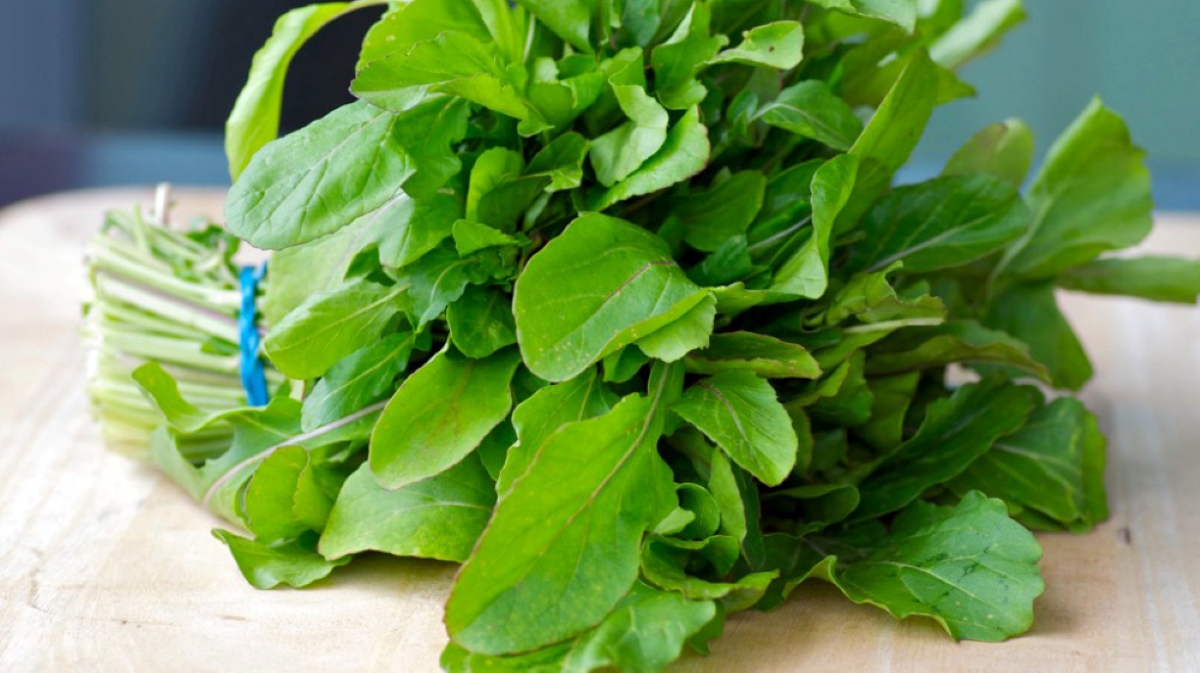

Articles
How To Store Fresh Arugula
Modified: February 23, 2024
Learn the best methods for storing fresh arugula to maintain its flavor and shelf life. Discover helpful tips and tricks in this comprehensive articles.
(Many of the links in this article redirect to a specific reviewed product. Your purchase of these products through affiliate links helps to generate commission for Storables.com, at no extra cost. Learn more)
Introduction
Arugula, also known as rocket or rucola, is a leafy green vegetable with a distinct peppery flavor. It is a popular ingredient in salads, sandwiches, and various other dishes. If you’re fortunate enough to have an abundant supply of fresh arugula, you may be wondering how to store it properly to preserve its freshness and flavor.
In this article, we will guide you through the step-by-step process of storing fresh arugula. From harvesting to cleaning, drying, storing in the refrigerator, freezing, and using preserving techniques, we will cover it all. Additionally, we will provide tips on how to maintain the freshness of arugula for as long as possible.
By following these guidelines, you can ensure that your arugula stays crisp and flavorful for an extended period, allowing you to enjoy this nutritious vegetable whenever you desire.
Key Takeaways:
- Preserve the peppery goodness of arugula by harvesting at the right time, cleaning, drying, and storing in the refrigerator or freezer. Explore pickling, pesto, and infused oils for exciting culinary options.
- Keep arugula fresh by storing separately, using breathable bags, and checking regularly for spoilage. Revive wilted leaves and enjoy the vibrant taste in various dishes.
Read more: How To Store Arugula
Step 1: Harvesting Fresh Arugula
The first step in storing fresh arugula is to harvest it from the garden or purchase it from a local market. Follow these tips to ensure that you obtain the best quality arugula:
- Pick at the right time: Arugula is at its best when it is young and tender, so it’s important to harvest it when the leaves are still small and vibrant. If you wait too long, the leaves may become tough and bitter.
- Use sharp scissors or a knife: When harvesting arugula, it’s crucial to use clean and sharp scissors or a knife to avoid damaging the plant. Cut the leaves from the stem, leaving about an inch of stem intact to encourage regrowth.
- Harvest selectively: Rather than harvesting the entire plant at once, consider selectively harvesting a few leaves or small clusters of leaves. This allows the remaining arugula to continue growing, giving you a continuous supply of fresh greens.
- Avoid harvesting in the heat of the day: Arugula is best harvested in the early morning or late afternoon when the temperatures are cooler. This helps to prevent wilting and ensures that the leaves remain crisp.
- Inspect for pests and diseases: Before harvesting, carefully examine the arugula leaves for any signs of pests or disease. If you notice any issues, it’s best to discard the affected leaves and only harvest the healthy ones.
By following these harvesting tips, you can ensure that you gather the freshest and most flavorful arugula for storage.
Step 2: Cleaning Arugula Leaves
Once you have harvested fresh arugula, it is essential to clean the leaves thoroughly to remove any dirt, pests, or residue. Follow these steps to ensure that your arugula is clean and safe to consume:
- Separate the leaves: Begin by separating the arugula leaves from the stems. Discard any wilted or damaged leaves.
- Rinse with cold water: Fill a large bowl or basin with cold water. Place the arugula leaves in the water and gently swish them around to loosen any dirt or debris. Let them soak for a few minutes.
- Inspect for pests: While the arugula leaves are soaking, inspect them for any visible pests. If you notice any insects, remove them with your hands or use a soft brush to gently brush them away.
- Drain and rinse again: After soaking, carefully lift the arugula leaves out of the water and drain them in a colander or on a clean kitchen towel. Rinse them once more under cold running water to ensure that all dirt and contaminants are removed.
- Dry gently: Lay the rinsed arugula leaves on a clean kitchen towel or salad spinner. Pat them gently with another towel to remove excess moisture. Avoid rubbing or squeezing the leaves too harshly, as this can damage their delicate structure.
Once you have completed these cleaning steps, your arugula leaves will be fresh and ready for storage or immediate use in your favorite recipes. Clean arugula not only looks better but also tastes better and maintains its quality for a longer period.
Step 3: Drying Arugula Leaves
After cleaning the arugula leaves, it is crucial to ensure that they are thoroughly dried before storage. Excess moisture can lead to spoilage and reduce the shelf life of the greens. Follow these steps to effectively dry your arugula leaves:
- Shake off excess water: Gently shake the arugula leaves to remove any remaining water droplets. Be careful not to handle the leaves too roughly to avoid bruising them.
- Use a salad spinner: A salad spinner is a handy tool for drying greens. Place a handful of arugula leaves in the spinner basket and spin it at a moderate speed. This will help to remove excess moisture.
- Pat dry with a towel: If you don’t have a salad spinner, you can gently pat the arugula leaves dry with a clean kitchen towel. Place the leaves on the towel and pat them gently, allowing the towel to absorb the moisture.
- Air dry: Alternatively, you can lay the arugula leaves in a single layer on a clean kitchen towel or paper towels and allow them to air dry naturally. Ensure that there is adequate airflow in the room to facilitate drying.
- Avoid heat sources: It’s important to avoid using heat sources such as hairdryers or oven drying to speed up the drying process. High heat can cause the arugula leaves to wilt and lose their freshness.
Properly drying the arugula leaves will help maintain their crispness and prevent them from becoming soggy during storage. It is an essential step in ensuring the quality and longevity of your fresh arugula.
Step 4: Storing Fresh Arugula in the Refrigerator
Once your arugula leaves are clean and dry, it’s time to store them in the refrigerator to maintain their freshness. Here’s how you can properly store fresh arugula in the fridge:
- Wrap in paper towels: Take a few paper towels and gently wrap the arugula leaves in them. The paper towels will help absorb any excess moisture and prevent the leaves from becoming soggy.
- Place in a resealable bag: Put the wrapped arugula leaves in a clean, resealable plastic bag or an airtight container.
- Seal the bag: Seal the bag tightly, removing as much air as possible to create an airtight environment. This will help to prevent moisture buildup and maintain freshness.
- Label and date: If you like to keep track of the freshness of your produce, label the bag with the date of storage. This way, you can monitor how long the arugula has been stored and use it before it starts to deteriorate.
- Store in the refrigerator: Place the sealed bag of arugula leaves in the crisper drawer or a designated section of your refrigerator, ideally at a temperature between 32°F (0°C) and 40°F (4°C).
- Consume within a week: Fresh arugula stored in the refrigerator can typically stay fresh for about a week. It’s best to consume it within this time frame for optimal taste and quality.
By following these steps, you can prolong the shelf life of your fresh arugula and ensure that it stays crisp and flavorful until you are ready to use it.
To store fresh arugula, wrap it in a paper towel and place it in a resealable plastic bag. Store it in the refrigerator crisper drawer for up to 5 days.
Read more: How To Store Arugula In Fridge
Step 5: Freezing Fresh Arugula
If you have an abundance of fresh arugula and want to extend its shelf life even further, freezing is a great option. Freezing allows you to enjoy arugula long after its peak season. Here’s how you can freeze fresh arugula:
- Blanching: Start by blanching the arugula leaves. Blanching helps to preserve the color, texture, and flavor of the greens. Bring a pot of water to a boil and carefully add the arugula leaves to the boiling water. Allow them to blanch for about 30 seconds.
- Ice water bath: After blanching, immediately transfer the arugula leaves to a bowl filled with ice water. This will halt the cooking process and help retain the vibrant green color.
- Drain and dry: Drain the arugula leaves from the ice water bath and gently pat them dry with a kitchen towel. It’s important to remove as much moisture as possible before freezing to prevent ice crystals from forming.
- Portion and pack: Divide the arugula leaves into portions that you are likely to use in one serving or recipe. Place each portion in a freezer-safe bag or container.
- Seal and label: Seal the bags or containers tightly, squeezing out as much air as possible. Label them with the date of freezing for easy identification later.
- Freeze: Place the bags or containers in the freezer, ensuring they are on a flat surface to prevent the arugula leaves from getting crushed. Ideally, they should be stored at a constant temperature of 0°F (-18°C) or below.
- Thawing and using: When you’re ready to use frozen arugula, simply remove the desired amount from the freezer and thaw it in the refrigerator overnight. Once thawed, gently squeeze out any excess moisture before incorporating it into your recipes.
Frozen arugula can be used in cooked dishes such as soups, stews, stir-fries, and pestos. While the texture may change slightly after freezing, the flavor and nutritional value will be preserved.
Note that frozen arugula may not be as suitable for raw consumption in salads, as the texture and appearance may be altered. However, it can still be used in blended dressings or added to cooked dishes for a pop of peppery flavor.
By freezing fresh arugula, you can enjoy its vibrant taste and nutritional benefits even during the off-season.
Step 6: Using Preserving Techniques for Fresh Arugula
Aside from refrigeration and freezing, there are several preserving techniques you can employ to extend the lifespan of fresh arugula. These techniques help to retain the flavor and nutritional value of the greens. Here are a few methods to consider:
- Dehydrating: Dehydrating arugula removes the moisture content from the leaves, allowing them to be stored for extended periods. To dehydrate arugula, spread the leaves in a single layer on a baking sheet and place them in an oven set to low heat (around 180°F or 80°C) for several hours until completely dry and crisp. Store the dehydrated arugula in an airtight container.
- Pickling: Pickling arugula creates a tangy and flavorful condiment. Prepare a pickling brine by combining vinegar, water, sugar, and spices of your choice. Lightly blanch the arugula leaves, then submerge them in the brine and let them pickle in the refrigerator for a few days. The pickled arugula can be used as a topping for sandwiches, salads, or as a flavorful addition to various dishes.
- Pesto: Transform arugula into a delicious pesto sauce that can be stored in jars for future use. In a food processor, combine arugula leaves, garlic, nuts, cheese, olive oil, and salt. Blend until smooth and pour into sterilized jars. Seal the jars tightly and store them in the refrigerator for up to a week or freeze for longer-term storage.
- Herb-infused oils: Create aromatic arugula-infused oils by combining fresh arugula leaves with olive oil in a blender or food processor. Blend until smooth, then strain the mixture through a fine-mesh sieve to remove any solids. Pour the infused oil into sterilized bottles or jars and store in a cool, dark place. This oil can be used for salad dressings, marinades, or as a finishing drizzle on various dishes.
These preserving techniques provide alternative ways to enjoy the flavors and benefits of arugula beyond its raw form. Experiment with these methods to discover new ways to incorporate arugula into your culinary creations.
Remember to follow proper food safety guidelines when preserving arugula, including sterilizing containers, monitoring storage durations, and ensuring that the preserved arugula is safe for consumption.
Step 7: Tips for Maintaining Freshness of Arugula
To make the most out of your arugula and keep it fresh for as long as possible, here are some helpful tips to follow:
- Store arugula separately: Keep arugula separate from other fruits and vegetables that produce ethylene gas, such as apples and bananas. Ethylene gas can speed up the ripening process and cause arugula to wilt more quickly.
- Don’t wash until ready to use: Avoid washing arugula until you are ready to use it. Excess moisture can accelerate the wilting process, so it’s best to clean the leaves just before you plan to eat or cook with them.
- Store in breathable bags: Instead of using airtight containers, consider using breathable bags or perforated plastic bags. These allow for better air circulation, reducing the likelihood of moisture buildup and extending the freshness of the arugula.
- Replace damp paper towels: If you choose to wrap arugula in paper towels for storage, be sure to replace the damp towels with fresh ones if they become moist. This helps maintain a dry environment and prevents the leaves from becoming mushy.
- Check regularly: Regularly inspect your stored arugula for any signs of spoilage. Remove any wilted or yellowing leaves promptly to prevent them from affecting the remaining arugula.
- Properly seal containers: When using containers for storing arugula, ensure they have a tight seal to prevent the entry of air, which can cause the leaves to wilt and lose their freshness more quickly.
- Use faster-wilting arugula first: If you have multiple batches of arugula, use the leaves that are more prone to wilting first. This allows you to enjoy the freshest arugula and prevent any wastage.
- Revive wilted arugula: If your arugula starts to wilt, you can revive it by placing the leaves in a bowl of ice-cold water for a few minutes. This can help to freshen up the leaves and restore some of their crispness.
By following these tips, you can ensure that your arugula stays fresh, vibrant, and delicious for an extended period. Proper storage and handling techniques can make a significant difference in the quality and shelf life of your arugula.
Remember, freshness is key when it comes to enjoying the full flavor and nutritional benefits of arugula, so make sure to incorporate these tips into your storage routine.
Conclusion
Storing fresh arugula properly is essential to preserve its flavor, nutritional value, and overall quality. By following the steps outlined in this article, you can keep your arugula fresh and ready to use for an extended period of time.
From harvesting and cleaning to drying, storing in the refrigerator, freezing, and using preserving techniques, each step plays a crucial role in maintaining the freshness of arugula. By carefully following these steps, you can enjoy the peppery goodness of arugula in various dishes even when it’s not in season.
Remember to harvest the arugula at the right time, clean it thoroughly, and dry it adequately before storing. Store the arugula in the refrigerator, utilizing resealable bags or containers to maintain freshness. Freezing is also an excellent option to extend the shelf life of arugula, while preserving techniques like dehydrating, pickling, making pesto, or creating infused oils offer exciting ways to enjoy arugula in different forms.
Additionally, implementing tips for maintaining freshness, such as storing arugula separately, not washing until ready to use, and regularly checking for spoilage, will help keep your arugula crisp and flavorful for longer.
Whether you’re tossing arugula in salads, adding it to sandwiches, blending it into pesto, or using it as a topping for various dishes, having fresh and well-preserved arugula on hand is a true delight.
So, use these guidelines to store your arugula properly, and enjoy the vibrant taste and nutritional benefits of this versatile leafy green whenever your culinary adventures call for it!
Frequently Asked Questions about How To Store Fresh Arugula
Was this page helpful?
At Storables.com, we guarantee accurate and reliable information. Our content, validated by Expert Board Contributors, is crafted following stringent Editorial Policies. We're committed to providing you with well-researched, expert-backed insights for all your informational needs.
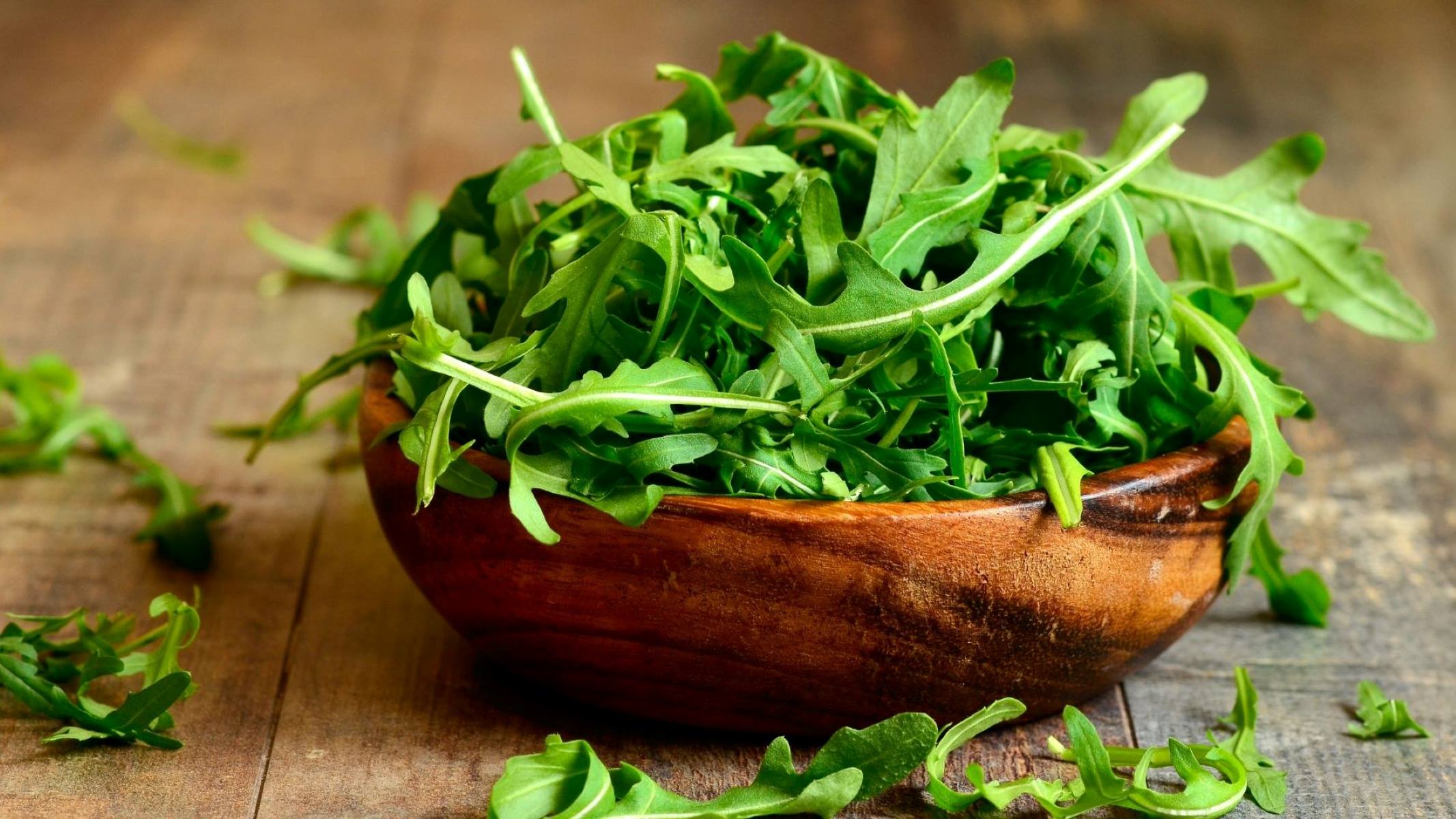
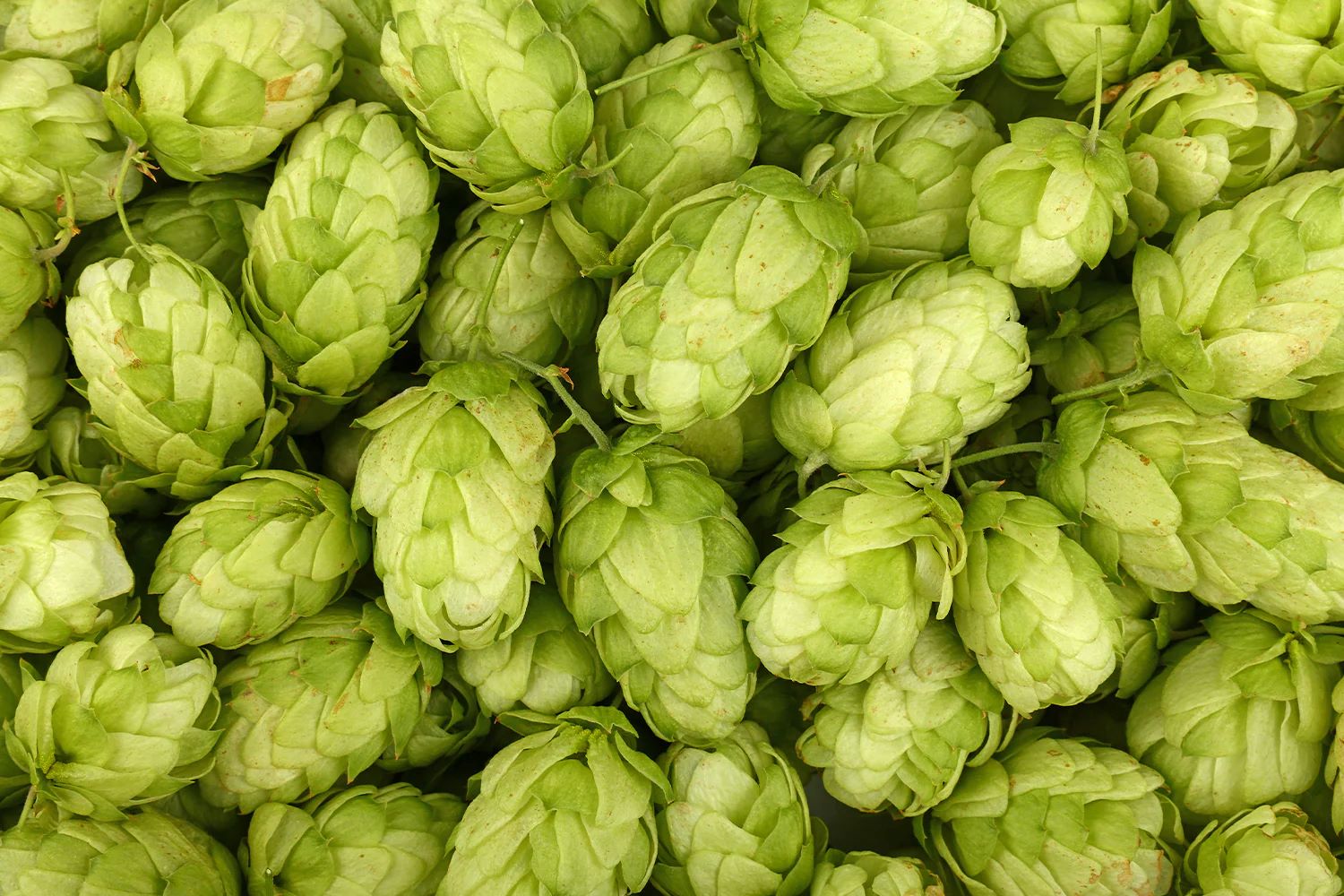


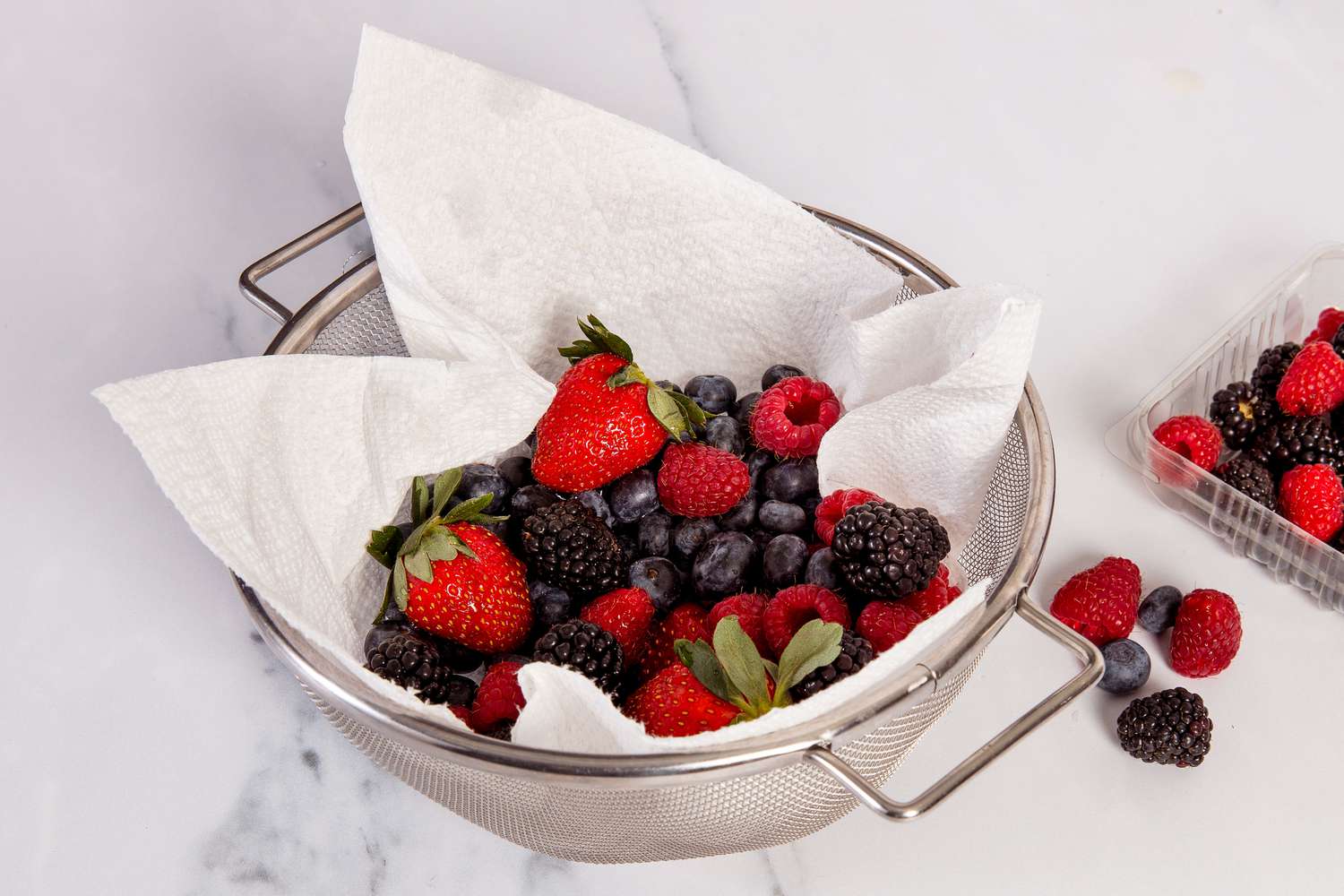
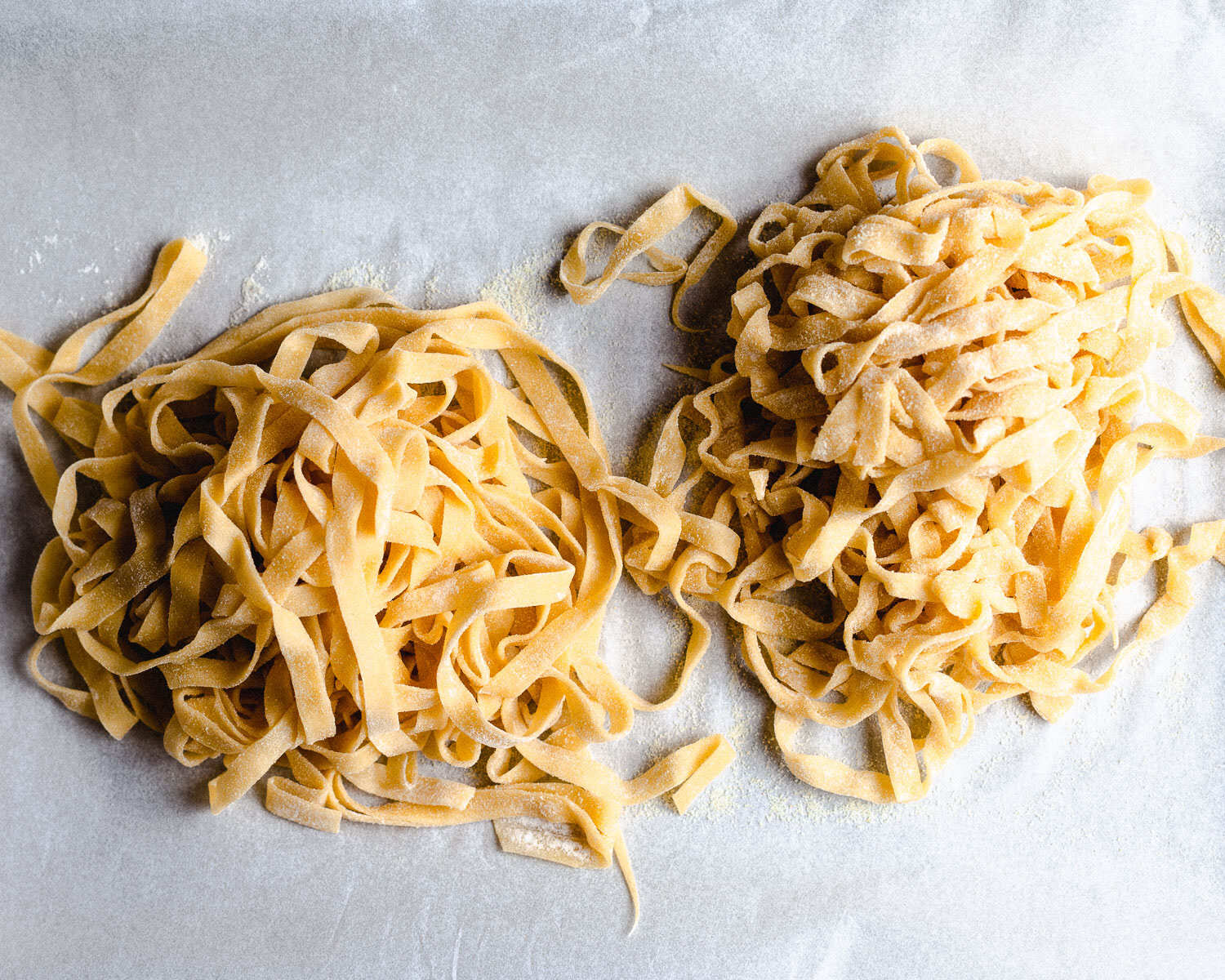
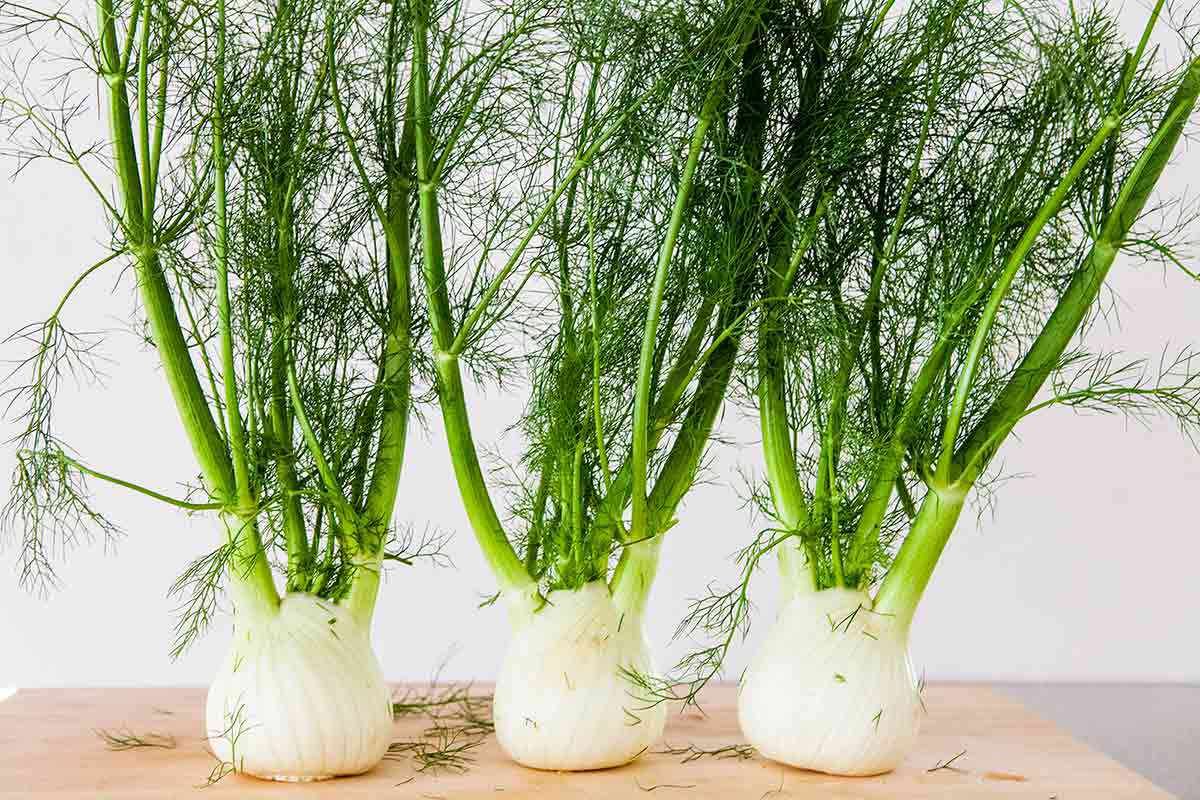
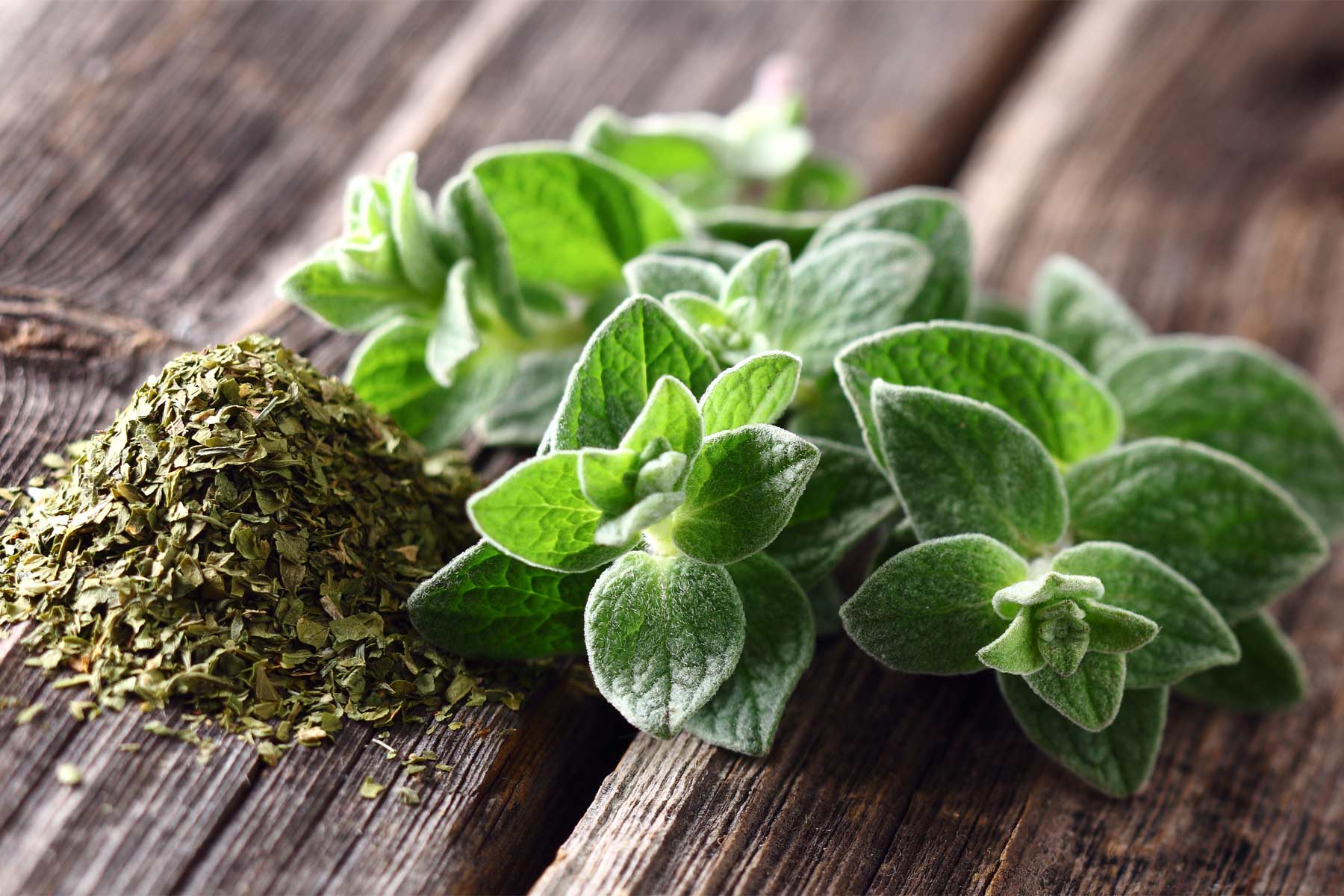
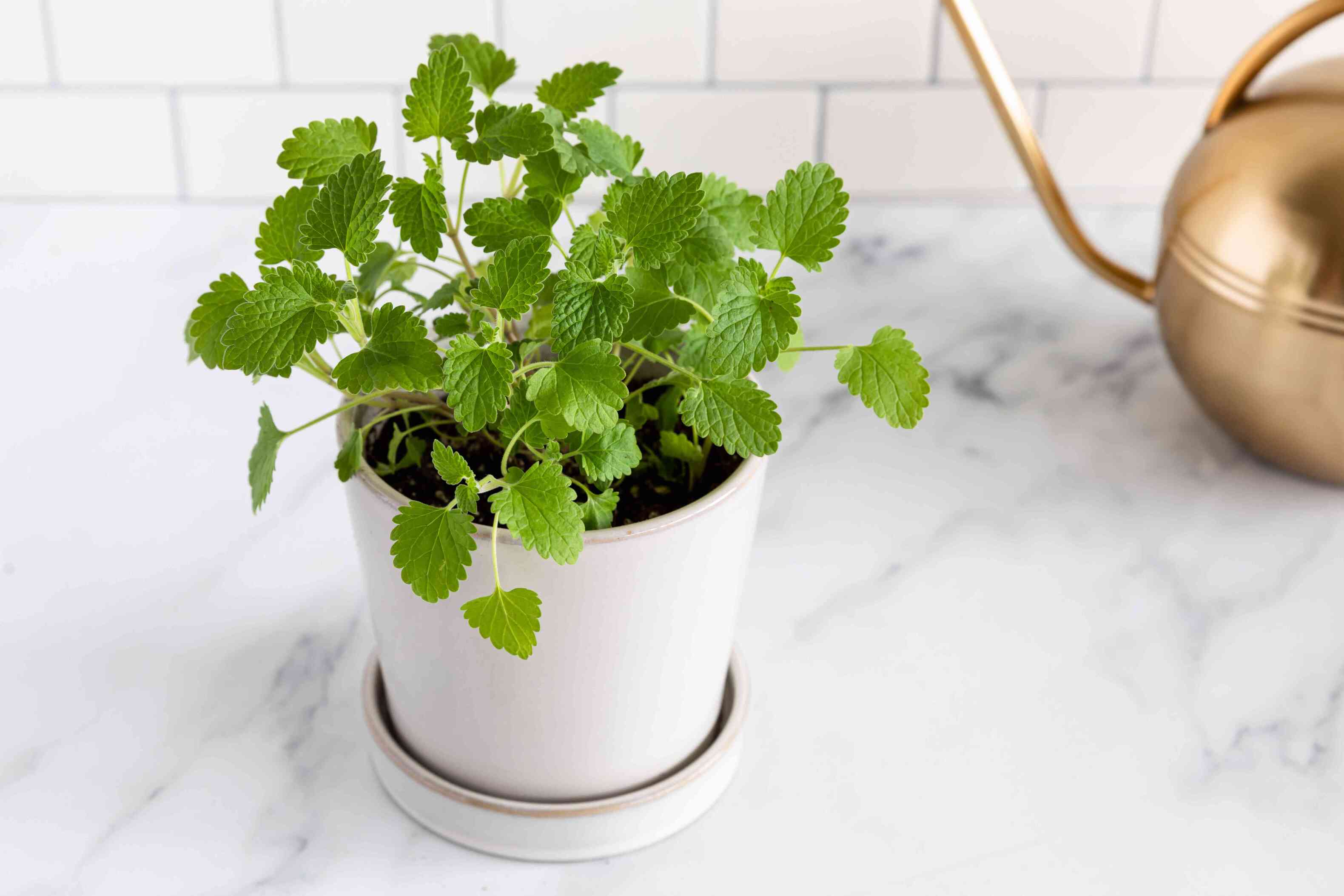
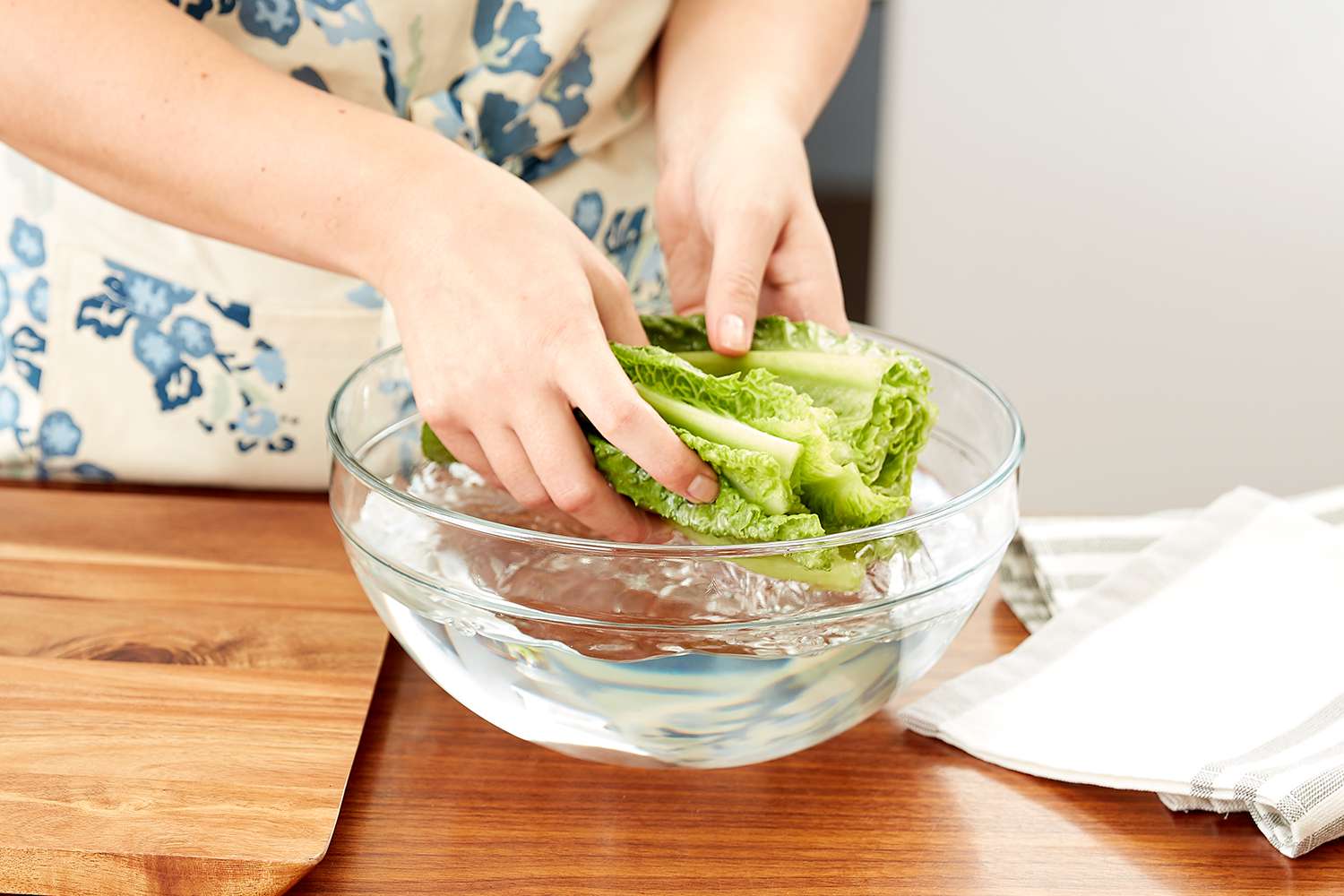


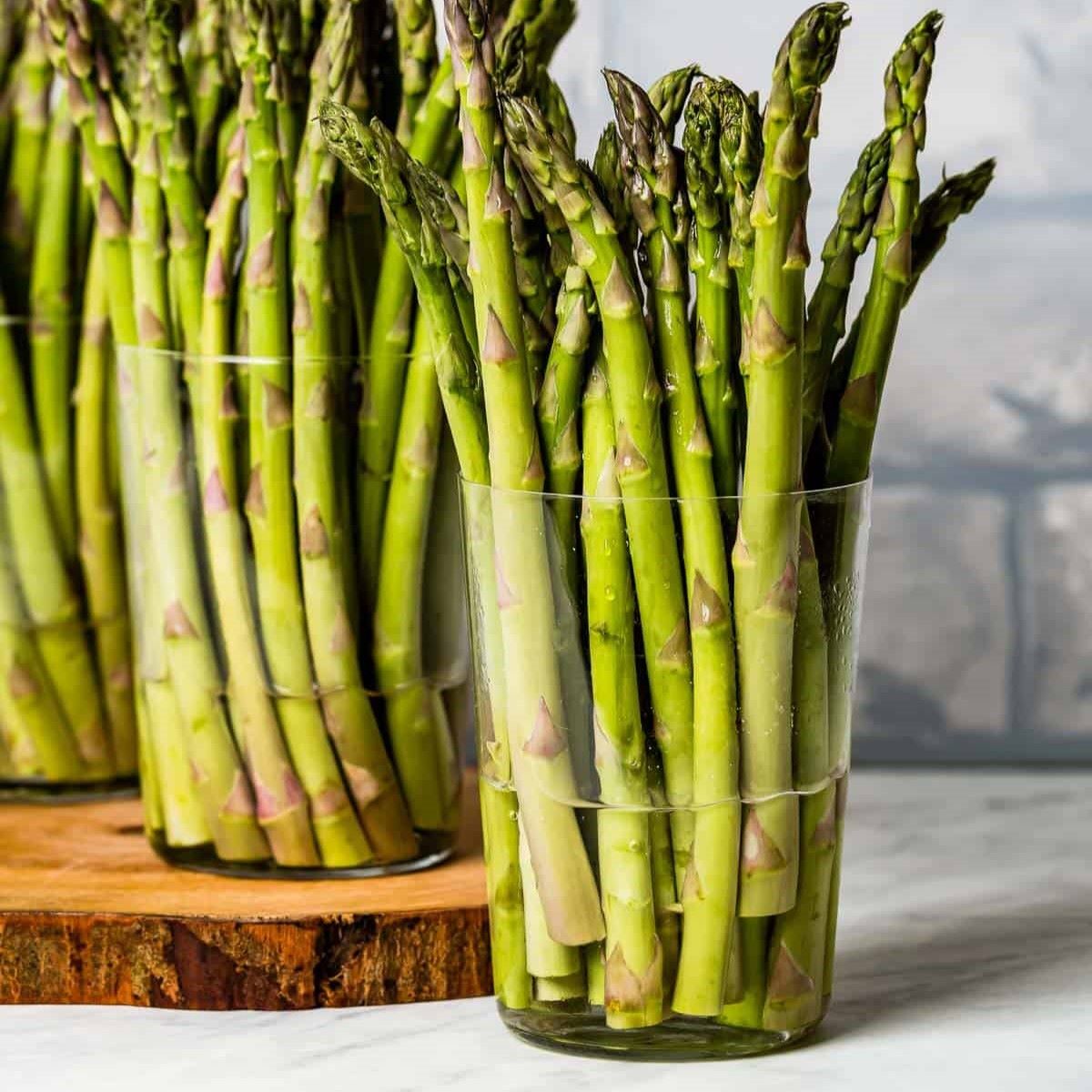


0 thoughts on “How To Store Fresh Arugula”